News //
A new species of giant isopod from the deep-sea has recently been described!
Meet Bathynomus vaderi, more affectionately known as ‘Darth Vader’. The newly described isopod was named after the most famous Sith Lord of the Star Wars movie franchise, whose helmet resembles the head of the deep-sea creature.
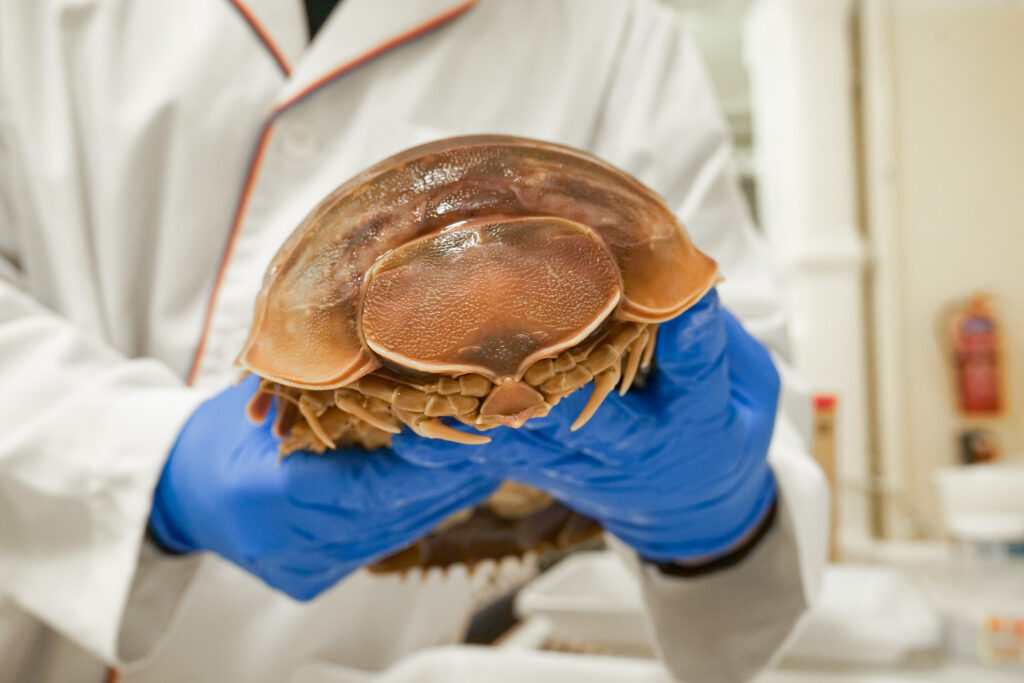
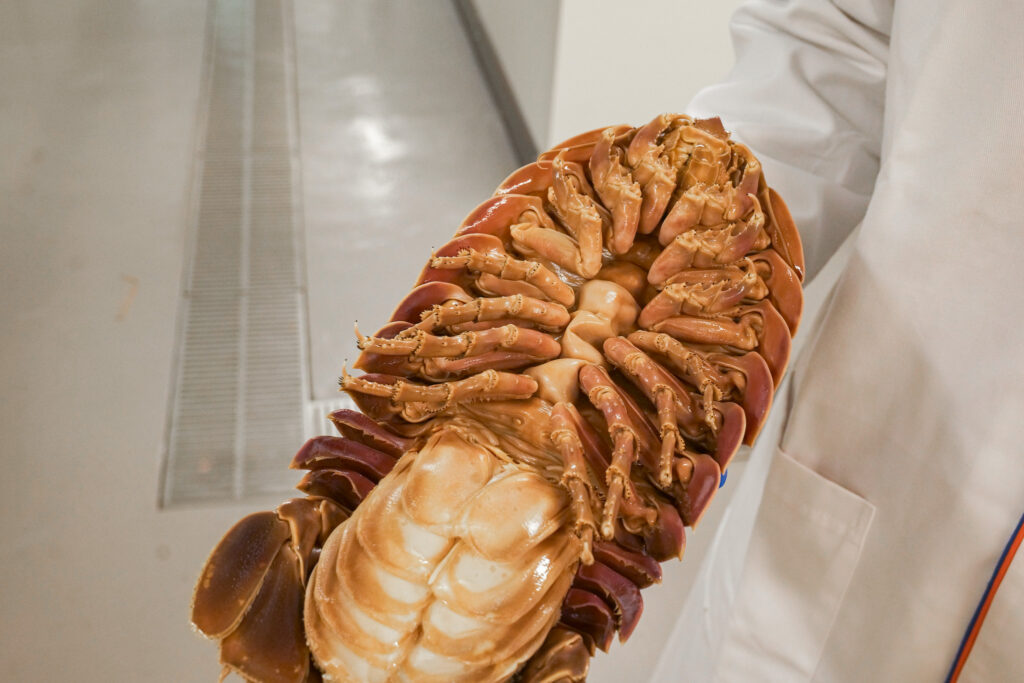
Though similar in appearance to Bathynomus jamesi, another giant isopod that can be found in the South China, it can be identified by a few distinct differences. For instance, the front part of its head (known as the clypeus) is rectangular in shape with a pointed tip rather than being more squarish with a rounded tip, it has many small bristles (known as setae) between the spines on its tail segment (whereas there are very few or none in B. jamesi), and the male reproductive appendage is much shorter in B. vaderi.
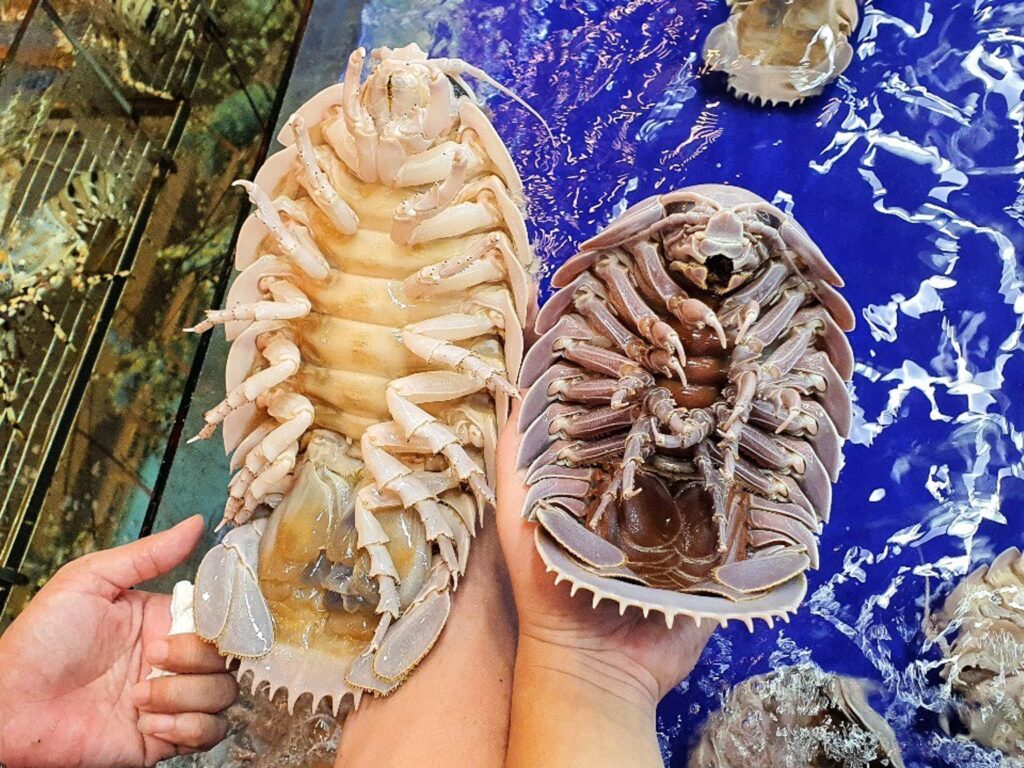
Acquired through the seafood trade by fishermen in Vietnam, this exciting new species has been formally described by an ASEAN team of researchers—Prof Peter Ng from the Lee Kong Chian Natural History Museum (LKCNHM), National University of Singapore (NUS), Singapore, Dr Conni Sidabalok from the Research Center for Biosystematics & Evolution, National Research and Innovation Agency (BRIN), Indonesia, and Dr Nguyen Thanh Son from the Vietnam National University (VNU), Vietnam.
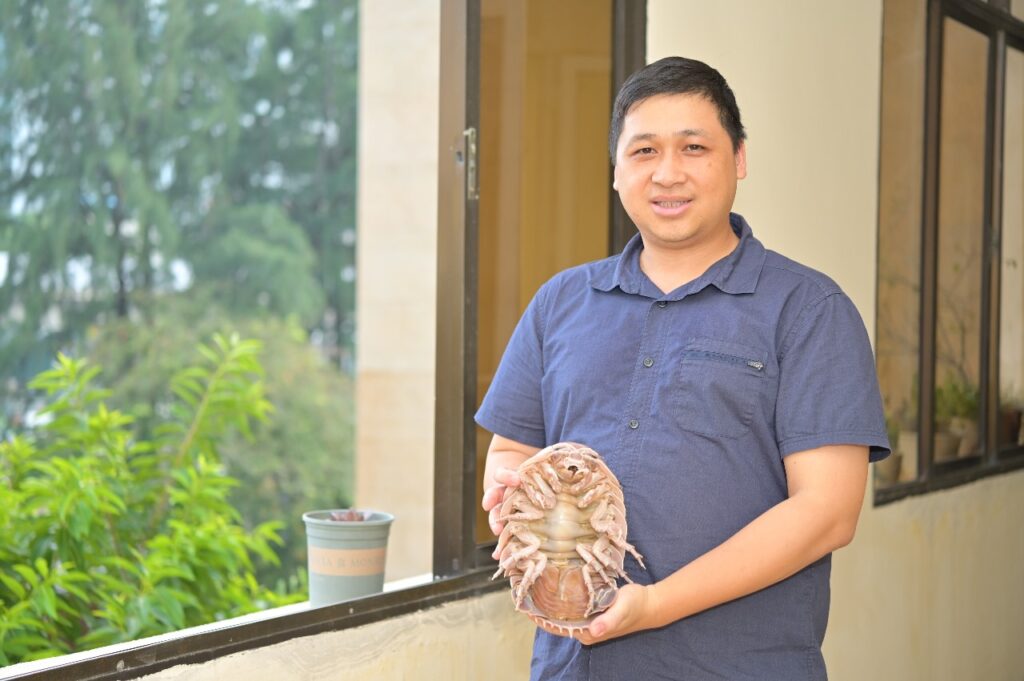
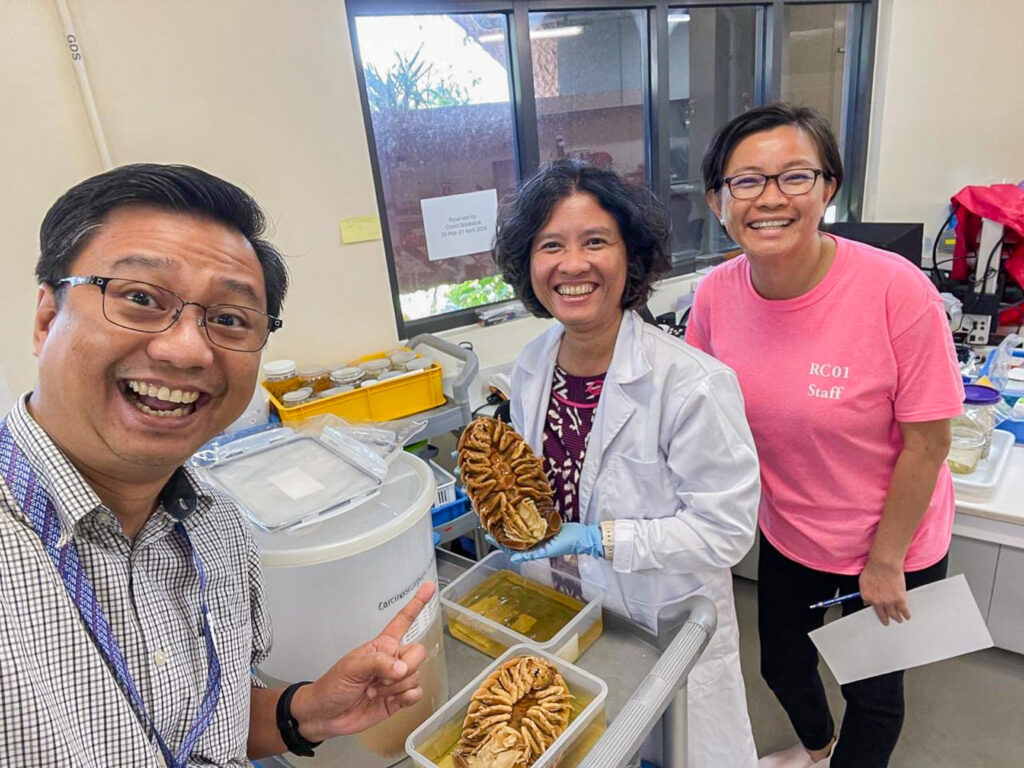
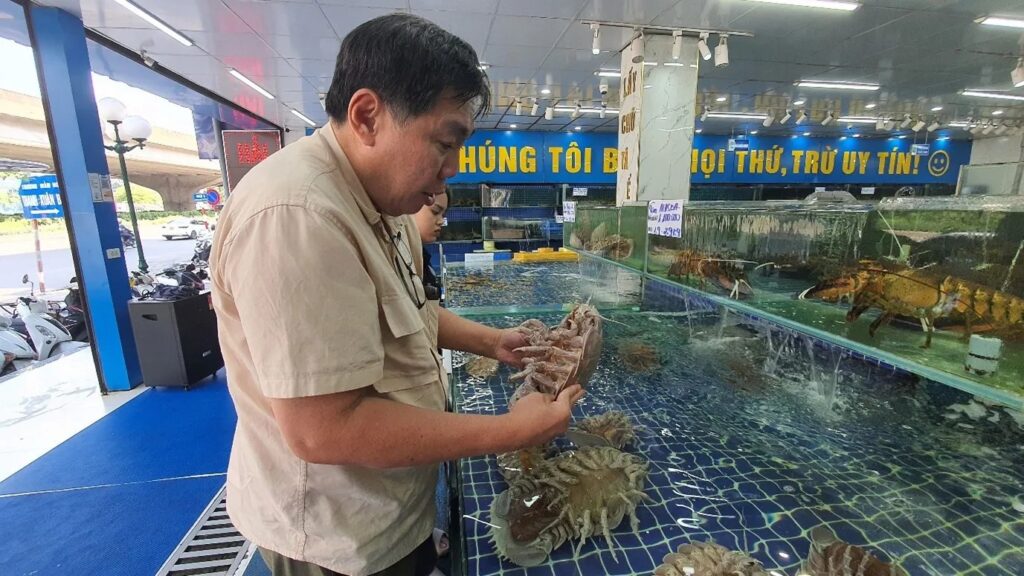
The discovery of ‘Darth Vader’ was fortuitous. It was first observed in 2022 by entomologist Dr Tran Anh Duc from VNU. He had sent photographs to his ex-PhD supervisor in NUS, Prof Ng, who recognised it as something noteworthy.
Dr Tran and Dr Nguyen obtained specimens of the species, thus marking the beginning of the study. As Prof Ng had described the first Southeast Asian giant isopod from southern Java, Bathynomus raksasa, with isopodologist Dr Sidabalok, she naturally joined the study as well. It was only through the culmination of knowledge and skills from all three countries that the discovery of ‘Darth Vader’ was possible.
Discoveries like this show how important collaborative research is, and the Museum is grateful to serve as a regional hub, supporting efforts that drive scientific progress. Deep-sea creatures like giant isopods are still largely under-researched. Our understanding of deep-sea ecosystems is still in its infancy, with much more to be uncovered. Through ongoing collaboration, we hope to continue pushing the boundaries of knowledge and exploring the vast, largely uncharted depths of the deep sea.
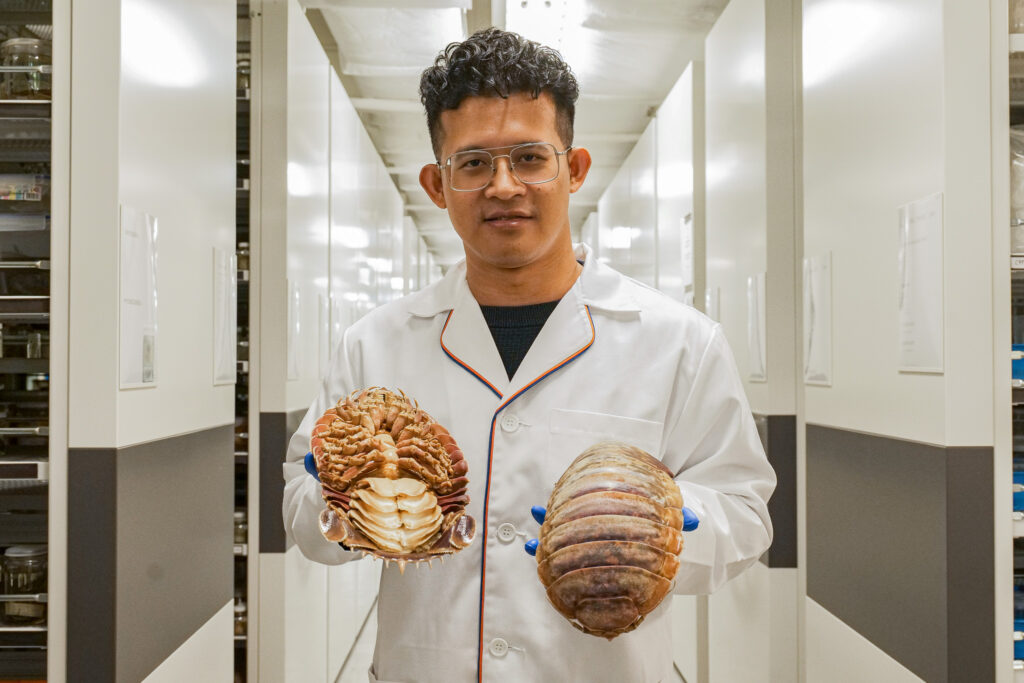
This discovery is just one example of how working together with researchers around the world can make a meaningful impact in biodiversity research. We are excited to continue facilitating these collective efforts, working towards the shared goal of broadening our understanding of the diversity of life on Earth.